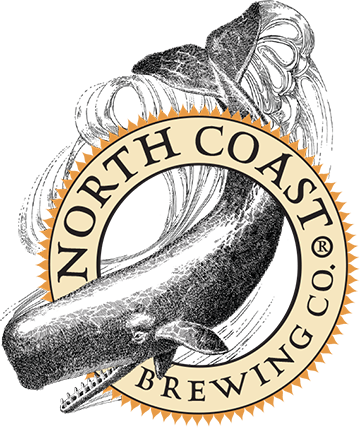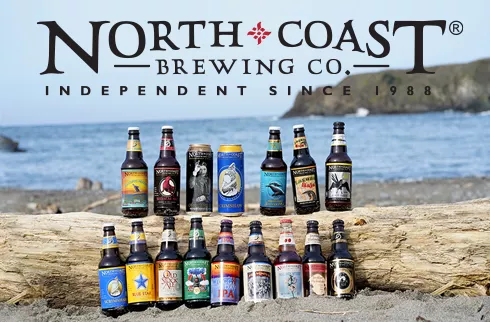Andrew Van Til is one of six master cicerones** in the world. It’s the highest certification in the beer industry and requires passing a grueling exam. What follows are his seven tips for tasting beer, excerpted from The Daily Brew.
1. Environment — Make sure that you and the room you are in are comfortable. Make sure there aren’t strong odors or aromas in the room.
2. Glassware — Make sure you’re using a clean glass. Oils, soap, sanitizer, and residues not only make beer look bad in the glass, but they also ruin delicate flavors and aromas we find in beer and wreck the head (foam) of the beer.
3. Pouring — Take the glass in one hand (hold it by the stem if it has one) and the bottle in the other. Tilt the glass and pour beer down the side of the glass. As it fills, you can level the glass and begin to pour down the middle of the glass if necessary to achieve a one to two inch head, which is great for most styles.
4. Appearance — Look at the beer. Of course being in a room that has plenty of natural light facilitates this. The density and texture of the foam, the color, the effervescence, and the clarity all give information about the quality of the beer and what you might expect when you taste it.
5. Aroma — How the beer smells, and how these aromatics might interact with what you will sense on your palate when you taste the beer foreplay the overall experience of the beer. Swirl the beer in the glass. Get your nose close to the beer and take it in. I find that short sniffs are the most potent at first, but experiment with what you notice by trying different techniques. Look for aromas from different ingredients in the beer. Malt aromas can remind you of bread—white, whole wheat or rye? Toasted? Burnt? Sweet and sticky or hearty and chewy? Hops can be fruity, spicy, earthy. Yeast action can contribute very little character on the nose, or it can express wildly fruity and spicy aromatics.
6. Taste — FINALLY. If you had a beer in your hand and haven’t actually put it to your lips until now, I commend you. Taste the beer. Don’t swallow immediately. Don’t swish it violently, but do let it roll gently around your mouth and palate. Many of the aromatics you noticed before will find roots in their interaction with the bitterness, acidity, sweetness, mineral character, and fullness on your palate as you do this. Swallow the beer. Is the finish (aftertaste) short or long? Does it complement or conflict with what you may be eating? Does it make you want to spit, eat another bite of food, smack your lips, drink something else, or take another taste?
7. Repeat steps 4-6.
**Master Cicerone® is the third and final level of certification of the Cicerone Certification Program https://cicerone.org/). Those who achieve this certification possess encyclopedic knowledge of beer and highly refined tasting ability. Such knowledge generally results from years of thoughtful study and tasting, travel to classic beer producing areas, hands-on experience with beer service, in-depth familiarity with brewing and ingredients and frequent and repeated experience in beer and food pairing.



